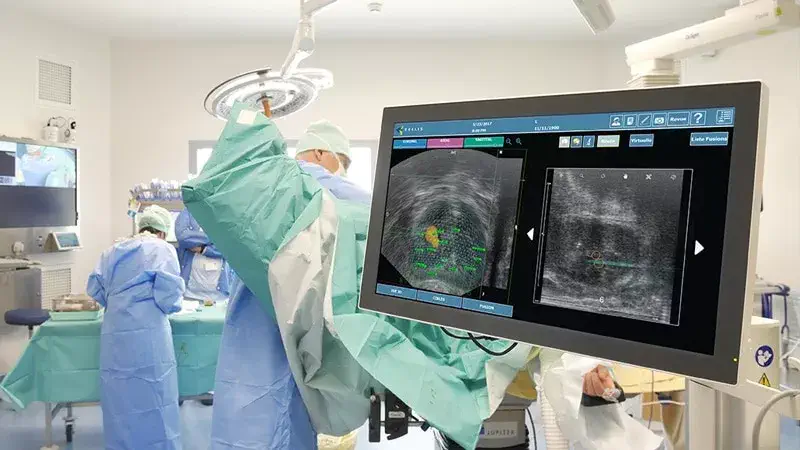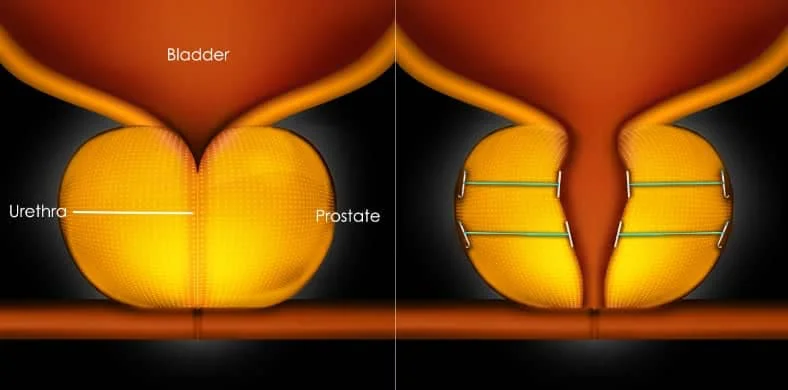
Robotic Prostatection
A robotic prostatectomy is a surgical procedure that involves the removal of the prostate gland using a robotic surgical system. The procedure is performed under general anesthesia and is typically used to treat prostate cancer.
During the procedure, the surgeon sits at a console and uses hand controls to manipulate robotic arms that hold surgical instruments. The robotic arms are inserted through small incisions in the abdomen and are used to remove the prostate gland. The procedure is minimally invasive and results in less blood loss, a shorter hospital stay and recovery time compared to traditional open surgery.
Before the procedure, the patient should inform the doctor of any medications they are taking and any allergies they have. The patient will also have to stop eating or drinking after a certain time before the procedure. A urinary catheter will be inserted during the surgery and will be kept in place for a few days post-surgery.
After the procedure, the patient may experience some discomfort or mild pain in the lower abdomen, and may also have to catheterize for a few days post-surgery. The patient will be given instructions on how to care for themselves after the procedure, including when to return for follow-up.
It's important to note that while robotic prostatectomy has many benefits, it's not suitable for all patients, especially those with large prostate, prostate cancer that has spread to other parts of the body, or a history of bleeding disorders. Patients should discuss the benefits and risks of the procedure with their doctor, as well as any specific preparation instructions.








